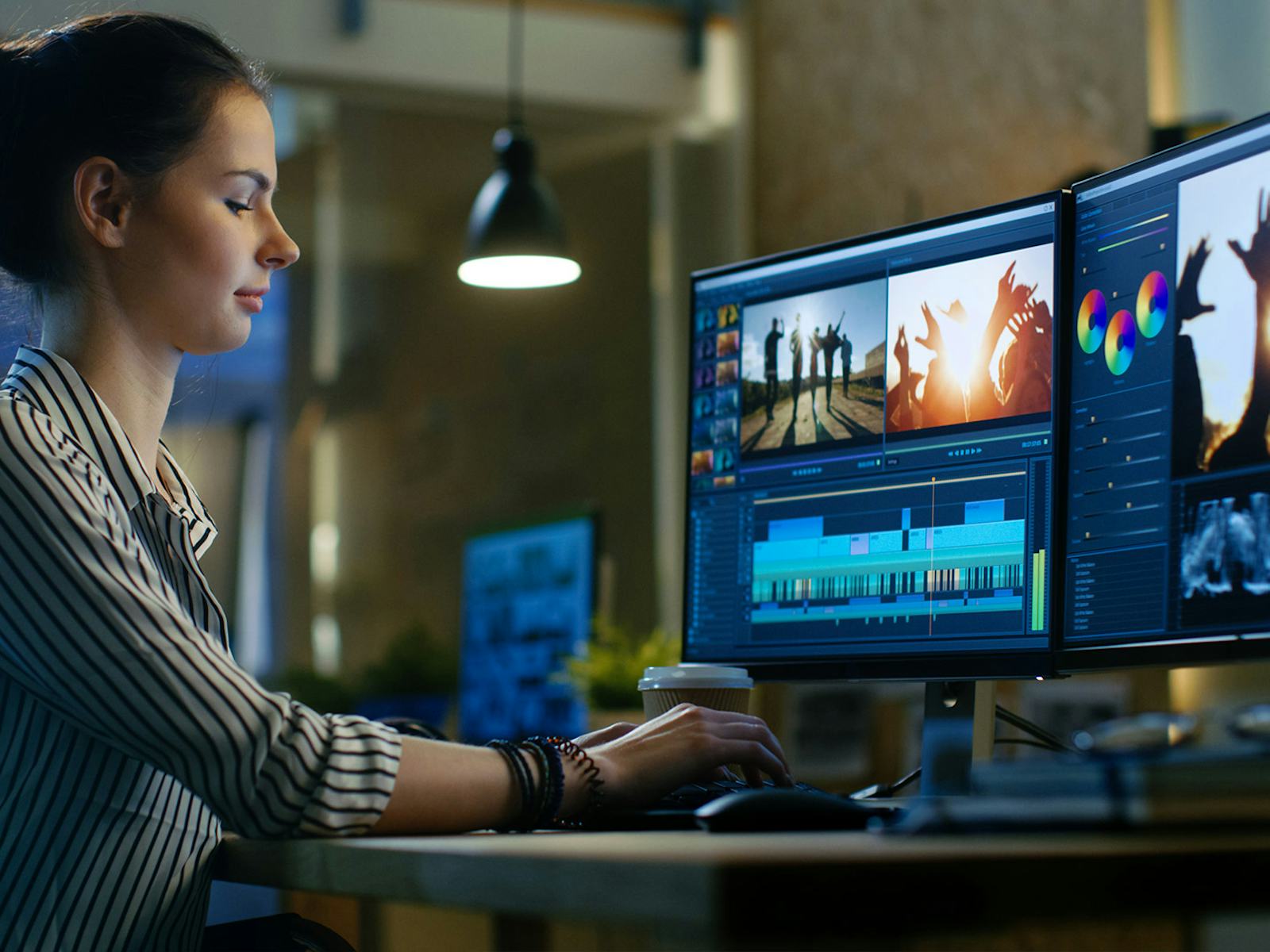Are you a budding filmmaker, a content creator, or just someone who loves to create videos? If so, you know that editing is a crucial part of the process. In fact, it's often said that a video is made in the editing room. So, what separates a great video from a mediocre one? It's the attention to detail, the creative vision, and the technical expertise of the editor. In this article, we'll delve into the world of pro video editing and explore what it takes to create stunning videos.
Getting Started
The first step to becoming a pro video editor is to choose the right software. There are several options available in the market, such as Adobe Premiere Pro, Final Cut Pro X, DaVinci Resolve, and more. Each of these has its own strengths and weaknesses, and you'll need to do some research to find the one that best fits your needs.
Once you've chosen your software, it's time to start learning the basics. This includes understanding the user interface, importing footage, and creating a rough cut. A rough cut is the first version of your video, and it's where you'll start to piece together your footage.
Crafting a Story
The most important aspect of pro video editing is storytelling. Your video should have a clear and concise narrative that engages the viewer and keeps them hooked until the end. To achieve this, you'll need to have a good understanding of pacing, timing, and structure.
Pacing refers to the speed at which your video progresses. It's important to strike a balance between too fast and too slow, as both can be jarring to the viewer. Timing refers to the precise moment when a cut or transition occurs. This can make or break a scene, so it's crucial to get it right. Finally, structure refers to the overall organization of your video. It should have a clear beginning, middle, and end, with each section flowing seamlessly into the next.
Color Correction and Grading
Color correction and grading are two of the most important tools in a pro video editor's arsenal. Color correction involves adjusting the brightness, contrast, and color balance of your footage to make it look as natural as possible. This can be a time-consuming process, but it's worth it for the end result.
Color grading, on the other hand, involves applying a specific color palette or look to your footage. This can be used to create a certain mood or tone, such as warm and inviting or cold and sterile. It's a great way to add a creative touch to your video and make it stand out from the crowd.
Sound Design
Sound design is often overlooked in video editing, but it's just as important as the visuals. A good soundtrack can elevate a scene and create an emotional connection with the viewer. This includes not just music, but also sound effects and dialogue.
When editing sound, it's important to pay attention to the levels, timing, and spatial placement. Levels refer to the volume of each element in the soundtrack, and they should be balanced to avoid any one element overpowering the others. Timing refers to the precise moment when a sound effect or piece of dialogue occurs. This can be used to create a sense of tension or release in a scene. Spatial placement refers to where each sound element is placed in the stereo field. This can be used to create a sense of space or depth in a scene.
Conclusion
Pro video editing is a complex and multifaceted process that requires a lot of technical expertise and creative vision. However, with the right tools and knowledge, anyone can learn to create stunning videos. Whether you're a professional filmmaker or a hobbyist, mastering the art of video editing can take your content to the next level.
